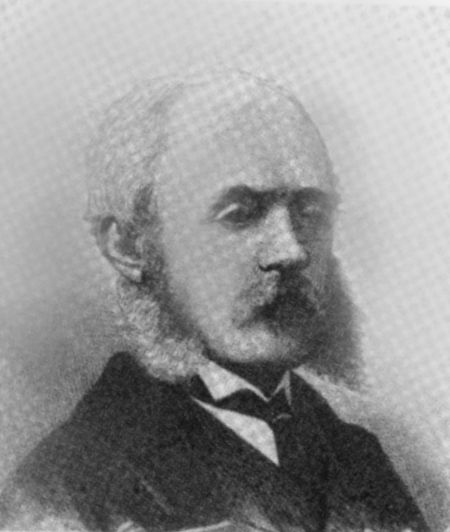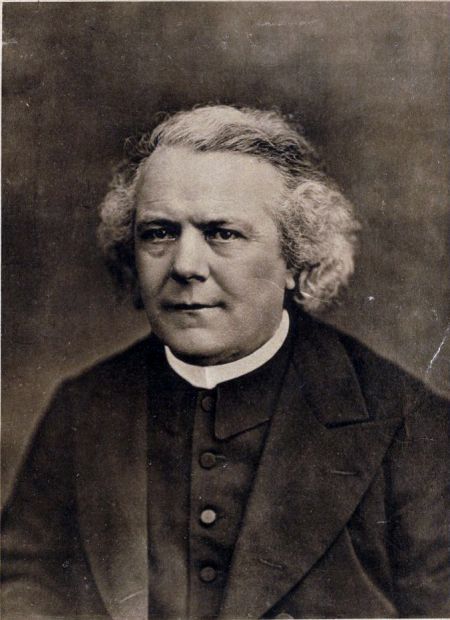The pioneers
During the mid-Nineteenth Century the sedimentary rocks of Monte San Giorgio were of interest to engineers attempting to provide gas to fuel the illumination of Milan. The geologist Giulio Curioni, one of the founders of the Società Italiana di Scienze Naturali, was the first to note the presence of fish fossils in the “scisti di Besano” on the Italian side of the mountain. The first publication on the fossils was, however, by Emilio Cornalia, a palaeontologist and the director of the Museo Civico di Storia Naturale di Milano. In 1854, Cornalia described the marine reptile "Pachypleura Edwardsii" (now Neusticosaurus edwardsii) and was the first to correctly attribute the fossiliferous formations of Monte San Giorgio to the Triassic period, rather than their previous assignment to the Jurassic.
After the discovery of several reptiles, including the first ichthyosaur at the locality, excavations focusing on the fossils began. The first was organized in 1863 by the Società Italiana di Scienze Naturali and led by the abbot Antonio Stoppani. With the help of explosives, fragments of fish and reptiles were brought to light, including the second specimen of an ichthyosaur. A second campaign was organized in 1878 by the Museo Civico di Storia Naturale di Milano, under the direction of Emilio Cornalia, who recovered additional reptiles as well as the first ammonoids. The descriptions of the first fish and reptiles were published, notably those of Macrocnemus bassanii Nopcsa 1930, Askeptosaurus italicus Nopcsa 1925, and Tribelesodon (now Tanystropheus) longobardicus (Bassani 1886). Unfortunately, these treasures of inestimable scientific and historical value were almost entirely lost in a single night during the Anglo-American bombing of Milan in August 1943, which destroyed the Museo Civico di Storia Naturale along with most of its collections.
Portrait of the palaeontologist Emilio Cornalia (1824–1882) from Milano

Portrait of abbot Antonio Stoppani (1824-1891)





